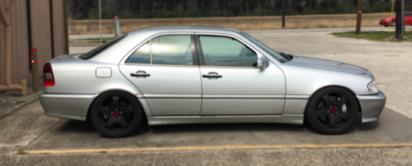Stop riding your brakes
I've had this issue for a long time and finally wanted to get some opinions on it...
I changed my rear rotors and pads about 4 years ago. Originally had Balo Rear Rotors and PBR Deluxe pads. The new brakes would squeal/ whine/ high pitch every time the brakes were applied (Yes, greased pins and also anti squeal paste added to pad plates and contact points to caliper) Saw rear passenger rotor appeared to be "glazed" and assumed it caused the brake noises... Switched out the rotor to Centric Plain rotors and noise was still present, the wearing on the rear passenger rotor still looked odd after months of driving. Decided to try new brake pads (maybe the "bite" didn't work well with PBR) so I purchased Akebono Euros. Noise disappears for few weeks, but the rotor looked the ask after MANY MORE MONTHS.
I decided to leave it alone and see what happens if time progress, NOTHING! Still the same noise to date, same rotor looks the same (doesn't wear like normal)
Yes, all brake bedding procedures were done (I've done a fair share of brake jobs), Rotor changes/ Pad changes involved scuffing up the surfaces due to material continent ion with new products.



 Reply With Quote
Reply With Quote


